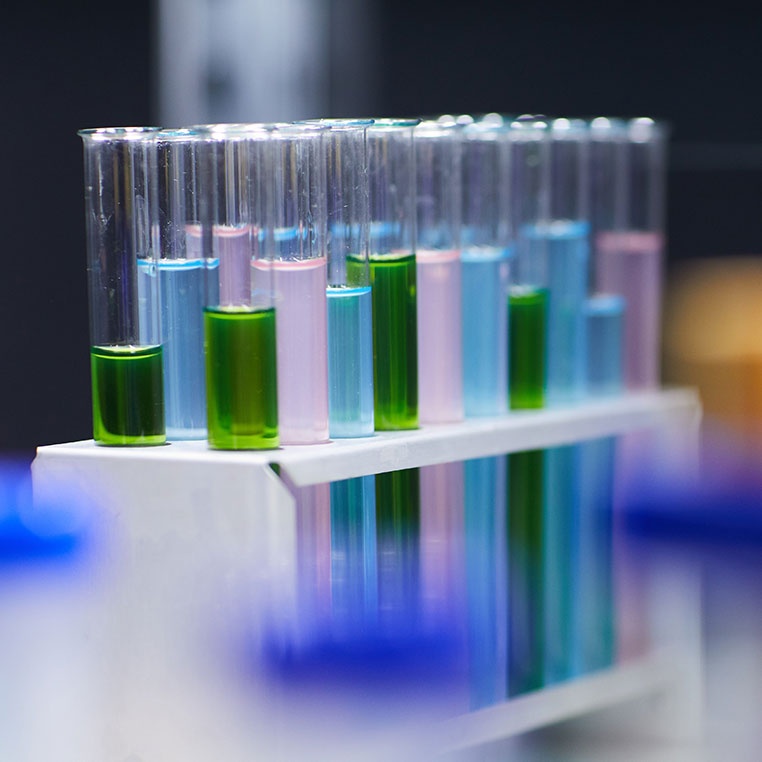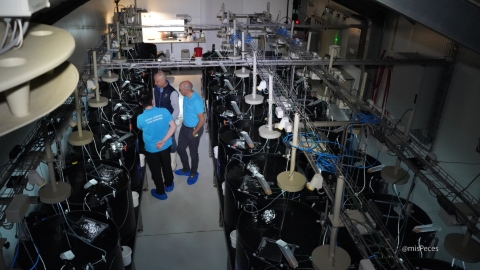
The use of biotechnological innovations in aquaculture water treatment-combining microalgae, bacteria, biofilms, and immobilization techniques-has proven to be far more efficient than traditional methods. These systems can remove up to 96% of contaminants such as nitrogen, phosphorous, and organic matter, while simultaneously absorbing atmospheric carbon dioxide during photosynthesis and converting it into valuable biomass.
A recent study published in Envornmental Research has explored the ongoing innovations aimed at producing large quantities of biomass, optimizing costs, and ensuring energy efficiency.
Although advancements in this field are promising, further research is needed to facilitate large-scale production. Hybrid systems, such as microalgae biofilm reactors, appear to have the greatest potential and are already transforming the aquaculture industry.
How microalgae biofim reactors work
These biofilm reactors enable microalgae to grow attached to surfaces, forming biological layer that acts as natural filter. This biofilm traps and breaks down contaminants in the water. The microalgae within the biofilms work symbiotically with other microorganisms, such as bacteria, to enhance the system’s efficiency.
Bacteria play a key role by breaking down complex organic matter into simpler compounds that microalgae can use as nutrients. In return, the microalgae produce oxygen through photosynthesis, which supports bacterial activity.
This integrated mechanism makes biofilm reactors particularly effective at removing nutrients like nitrogen and phosphorus, as well as tackling emerging contaminants such as antibiotics and heavy metals.
Key Species for Innovation
The algal biomass generated can be repurposed into biofuels or fertilisers, contributing to a more sustainable circular economy.
Several microalgae species stand out for their adaptability to photosynthetic, heterotrophic, or mixotrophic conditions. These species thrive in enviroments with high salinity or nutrient levels, commonly found in aquaculture water, and excel at producing a variety of valuable by-products.
Chlorella vulgaris, Scenedesmus obliquus, and Chlamydomonas reinhardtii are widely cultivated due to their rapid growth and high efficiency in removing nitrogen and phosphorous. These traits make the ideal for systems combined with bacteria.
Tetraselmis suecica, highly suited for photobioreactor system, achieves phosphorous and nitrogen removal rates up to 99.7%.
The cutting-edge biotechnology not only enhances water quality but also opens new doors for a more sustainable and circular economy.


